O, Canada: The 13 Best Canadian Horror Films

Though obviously not as popular as the booming films to come out of Hollywood, the Canadian film industry has oftentimes been ahead of the game when it comes to the horror genre. From masked slashers chasing teenagers to films that revitalize the idea of body horror, the country has birthed some of the most disturbing—and entertaining—horror films in history. The landscape of Canadian horror is as vast as the land the films were shot on, tapping into anxieties about parenthood to modern science and body modification.
From legends like David Cronenberg to new sensations like Kyle Edward Ball, the Canadian film industry is home to some of the most innovative voices in horror. While these films may not be as iconic as their American counterparts, they deserve to be sought out and celebrated.
There is no better time to celebrate these films, from the iconic ones you know, to the underseen gems you don’t. So without further ado, here are 13 of the best Canadian horror films to celebrate on Canada Day.
Black Christmas (1975)
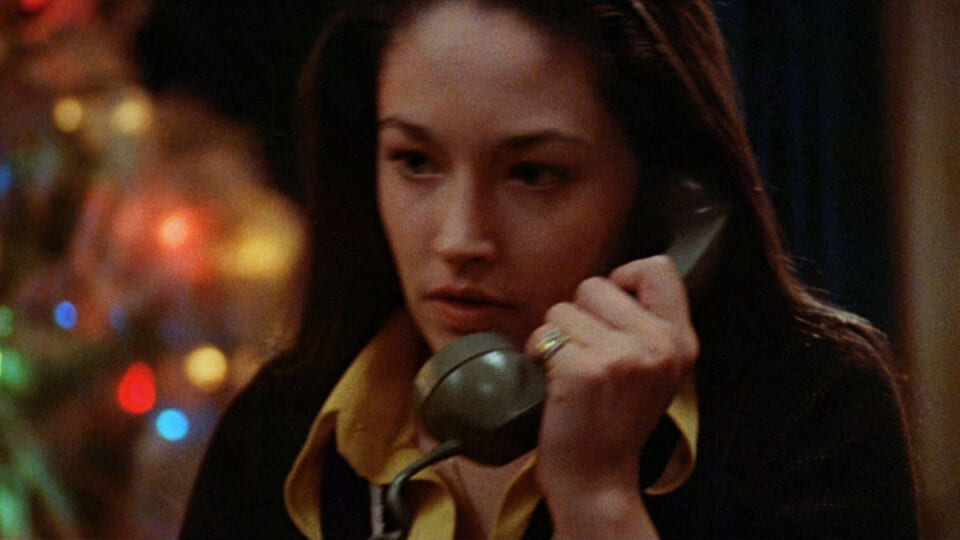
Perhaps the most famous Canadian horror film is Bob Clarke’s Black Christmas, a holiday horror that rivals John Carpenter’s Halloween. Despite coming out in 1975, this grain-soaked story about a group of sorority girls being phone-stalked by a wicked sex pest remains an all-timer. The sex pest in question is responsible for some of the most terrifying scenes in horror cinema, moaning, panting and even snorting through the phone at the women he’s harassing. It’s as visceral as a horror film can get, unabashed in its pro-choice politics as much as it’s unwavering in its bleak portrayal of small-town cops. From its gorgeous costume design to its tantalizing twists and turns, the original turn of Black Christmas cannot be outdone by its two modern remakes.
Possessor (2021)
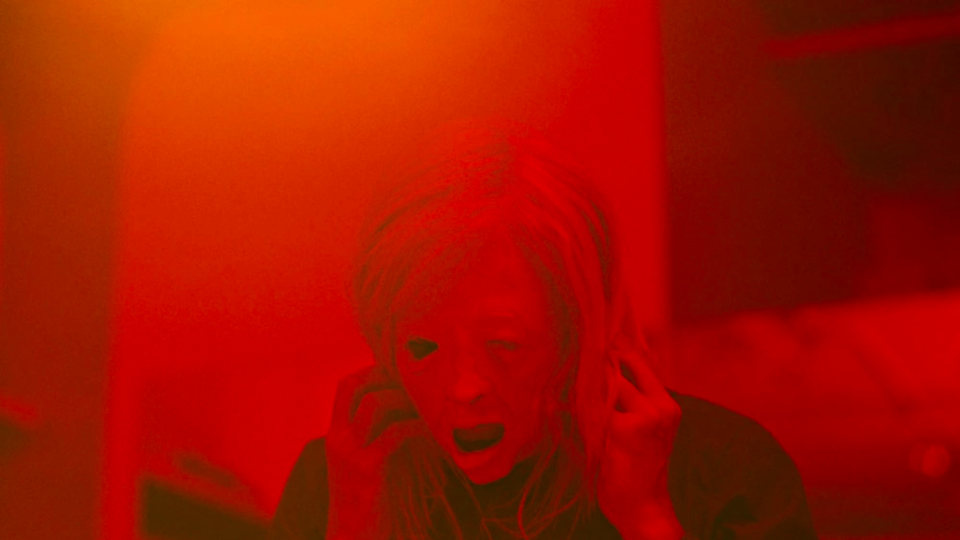
Though it tries to play off the city it’s set in as another location, Toronto’s public transportation is iconic in its looks: red splashed fibers glaring off the stark white plastic of its seats. It’s not just the iconography that makes this film unabashedly Canadian; it’s also the sophomore feature of Canadian legend David Cronebnberg’s son. Brandon Cronenberg’s aesthetics are all his own, though, more concerned about anxieties surrounding how characters deal with inhabiting a body that doesn’t quite feel like one’s own, rather than what it means for the body to transform. Possessor’s neon-soaked scenes provide the backdrop to career-defining work from Christopher Abbott and Andrea Riseborough, almost shattering the world they live in with their dual screams of pain and relief.
Cathy’s Curse (1977)
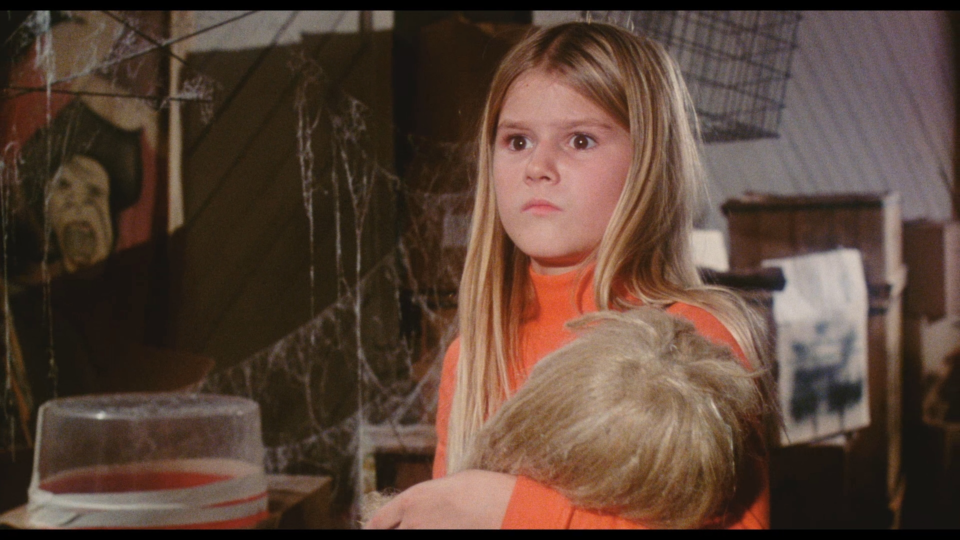
An almost blatant Exorcist (1973) ripoff, Cathy’s Curse follows a young girl who becomes possessed by the spirit of her dead aunt, soon wreaking havoc upon her unassuming family. The film is filled with ridiculous editing that can often be found in classic Canadian horror films, which makes the film all the more entertaining. The heightened performances also make this film worthwhile, from Randi Allen as Cathy to Roy Witham as the family’s eccentric butler, everyone involved was clearly either having the time of their lives or absolutely miserable while shooting this film. The offbeat performances add to a sense of not-rightness that can be found amongst many of the films on this list, but Cathy’s Curse definitely takes the cake, suspended in a limbo of strangeness.
Beyond the Black Rainbow (2010)
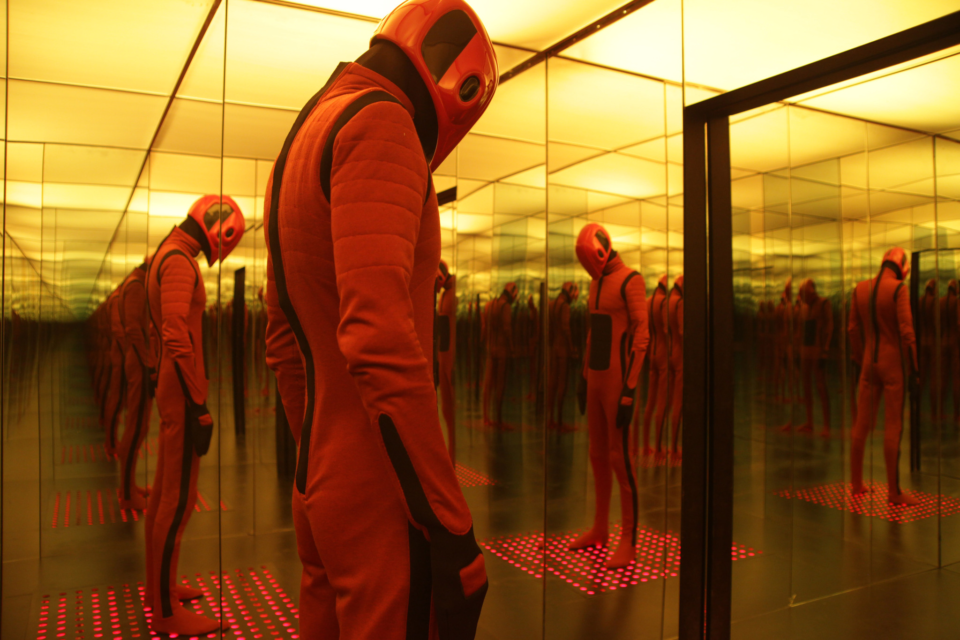
Before he was directing Nicholas Cage’s tour de force performance in Mandy, Panos Cosmatos was responsible for the lethargic yet haunting Beyond the Black Rainbow. The film trades in chainsaw fights for a more subtle haunting, using psychedelic visuals and music to emulate the terrifying subjugation that its main character goes through. Trapped in an institute against her will, Elane is forcibly experimented on by a doctor who is obsessed with bridging the gap between the spiritual and science, fracturing not only Elana’s perception of reality but the viewers’, as well. It’s filled with beautiful cinematography and jarring scares that creep up on you from the depths of the film’s celluloid.
My Bloody Valentine (1981)
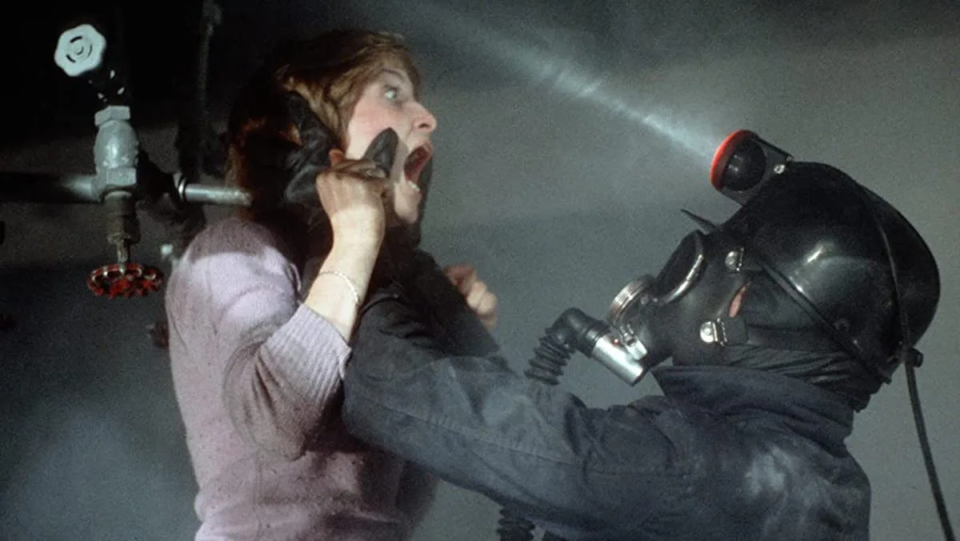
While most people grew up with the 2009 remake starring Supernatural’s Jensen Ackles, the original version of My Bloody Valentine was a low-budget Canadian film from 1981. It’s not that much of a surprise, as there’s something so intrinsically Canadian about getting drunk and traveling down a mine in the middle night and awakening a murderous miner. While the logistics of the killer’s motives are quite lackluster (he was left to die because his supervisors went to a Valentine’s Day dance instead of doing their jobs?), the film pulls you in with its knock-out gore and great kills. While it suffered under the weight of more popular slashers of the time, this Canadian horror gem shouldn’t go overlooked.
Ginger Snaps (2000)
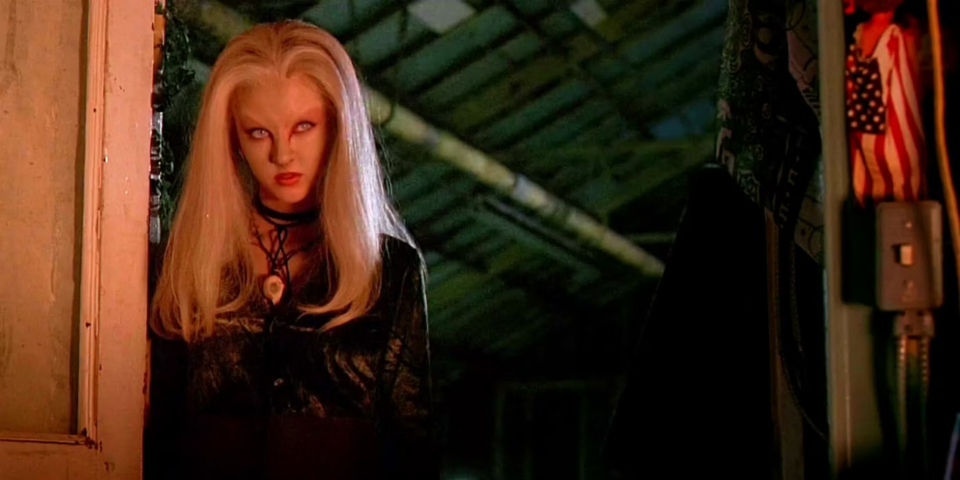
Though lycanthrope films like An American Werewolf in London preceded it, John Fawcett’s horror debut changed the werewolf subgenre forever. Here, the film focuses solely on girlhood, and the decimation of it at a young age. As our main character Ginger begins to change, she harnesses this change, finding it empowering rather than suffocating. It’s a perfect coming-of-age film just as much as it’s a perfect horror film. Though it may be the first Canadian horror film to use werewolves as a symbol for a dying girlhood, Ginger Snaps was definitely not the last. The cult classic spurned a handful of others, with recent ventures like Bloodthirsty (2020) and My Animal (2023) taking inspiration from the 2000s horror flick.
Violation (2020)
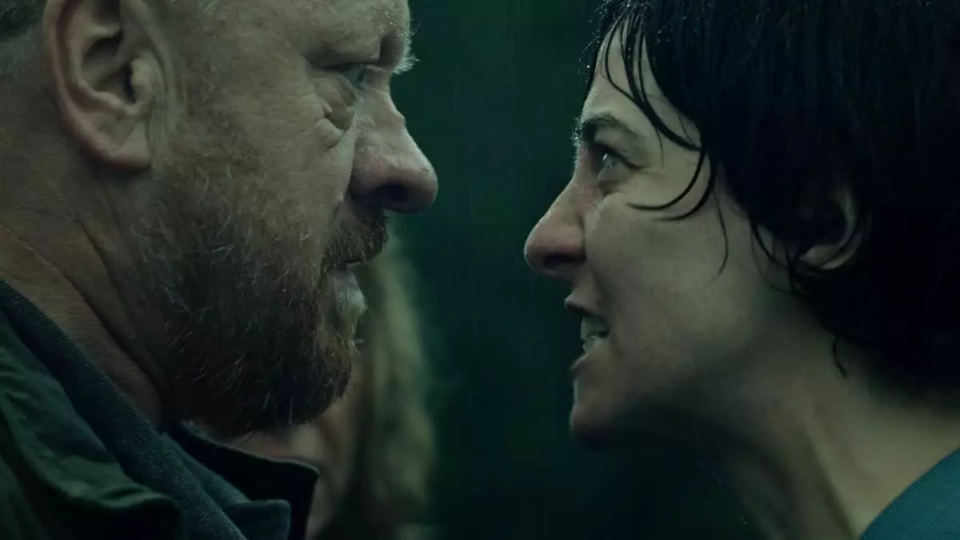
In a year that was windswept with unsatisfying revenge-thrillers, Violation stands out amongst the crowd. Its muted green and gray hues perfectly bask you in Canadian cottage country, the vast openness of the water as haunting as the film’s subject matter. As Miriam recovers from a horrific assault, we watch her in the past and present as the weight of the memory haunts her. It pushes her to the point of no return, warping her body and mind into an immobilized state of rage. Violation does something that other films of the same genre are afraid to do: it treats its main character with respect, and in turn, allows its audience to feel the ramifications of the characters’ decisions while remaining untraumatized as her assault isn’t brutally depicted on screen.
Blood Quantum (2019)
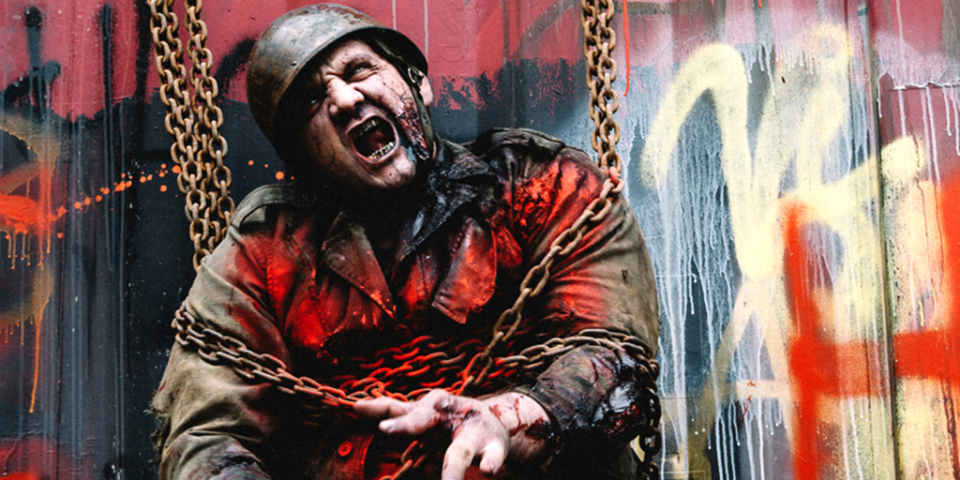
Directed by the late Jeff Barnaby, Blood Quantum follows a group of Indigenous people after an initial zombie outbreak ravages Canada. The trick is, because of their heritage, our main characters are immune to the virus, sectioning their reserve off from the outside world, and the infected as well. An unabashed commentary on colonialism, this film utilizes guts and gore to display the horrors that have been done to Indigenous people, not just in Canada, but in North America as a whole. It’s a near-perfect zombie flick, and a testament to Barnaby’s everlasting craft that will surely be missed.
The Changeling (1980)
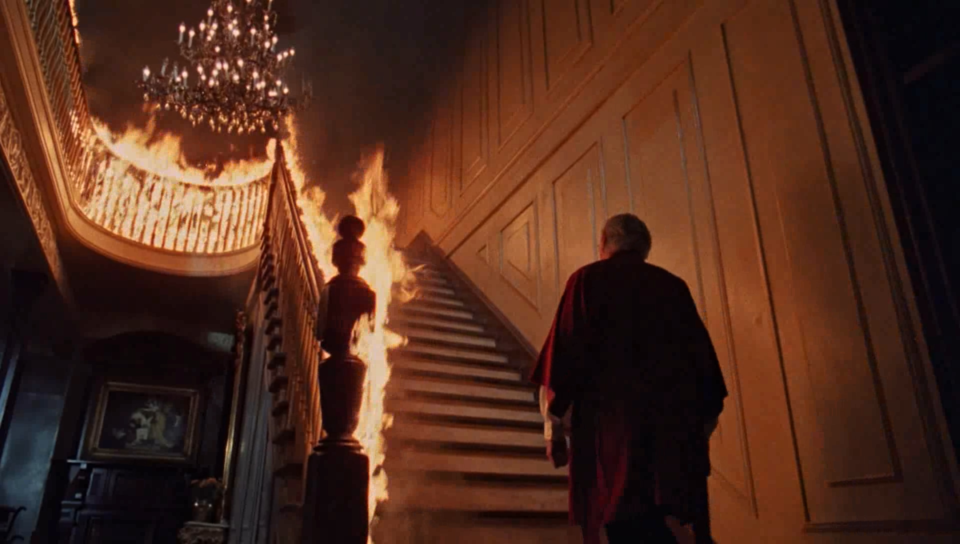
One of the most underrated horror flicks of the 20th century is the harrowing and wispy The Changeling. The film—like all good meditative horror movies—follows a man who moves into a new house after he loses his wife and son in a horrible accident. Soon, he becomes haunted not only by the history of his new home but of the memory of his deceased family. Though the film attempts to convince us that this haunted backdrop is located in Seattle, the film was actually shot in Vancouver, with smothering rains and winds accompanying this sorrowful ghost tale.
Skinamarink (2023)
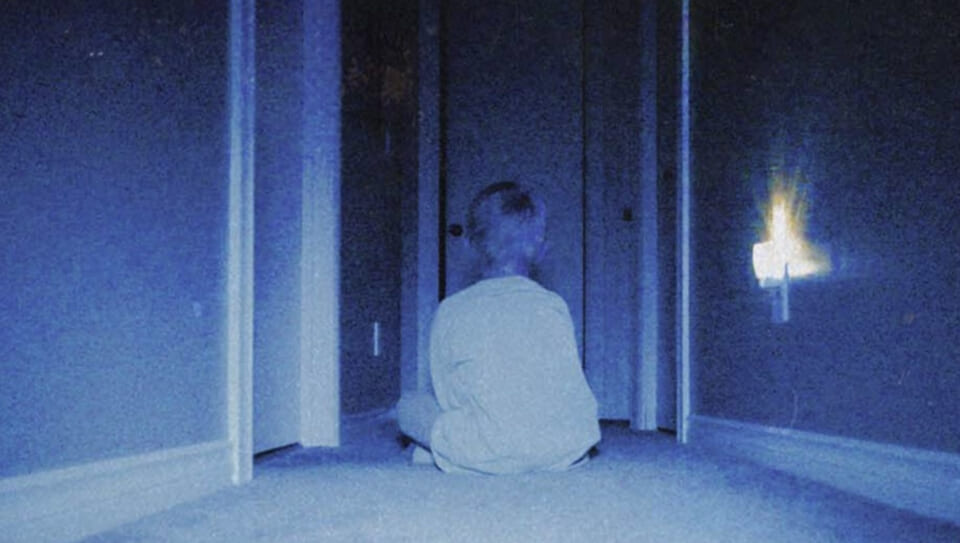
Skinamarink became an overnight viral sensation when it leaked online after its festival run, which saw critics and horror fans on FilmTok buzzing about the film. The experimental horror flick follows a young brother and sister as their house warps around them after they discover their father has disappeared. The film taps into our childhood fears, elongated shots perfectly mirroring nightmares that probably woke up every child: distorted images clashing with whirring silence, blurring the lines between dream and reality. Skinamarink is a perfect addition to this list, a new shining light on the horror industry in the great white north.
The Brood (1979)
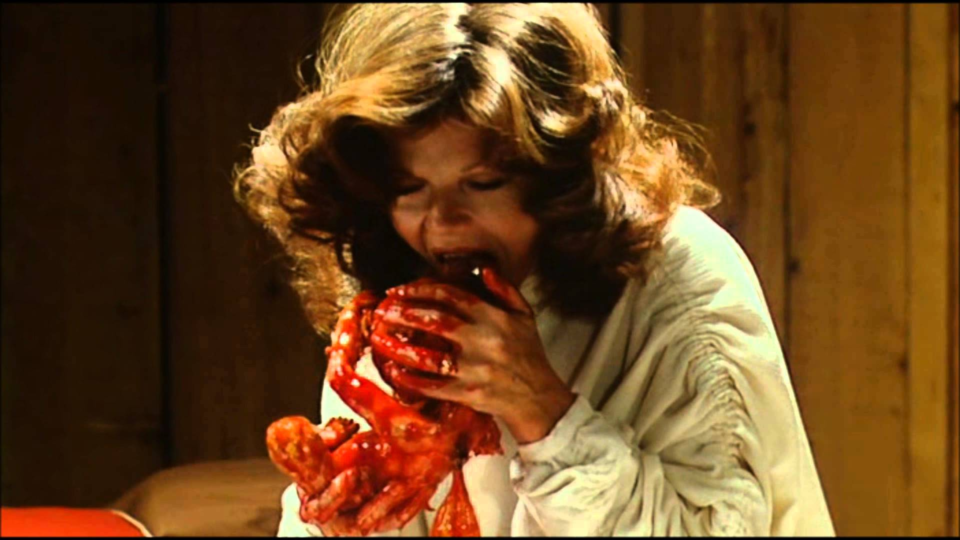
A perfect film for those who aren’t sure if they want to have children! David Cronenberg’s The Brood sees the adults of an unnamed Canadian town plagued with apparitions of various children who act out in violence to those who approach them. Cronenberg taps into what makes Canadian horror great: its unabashed violence and aim to disturb. He doesn’t shy away from the horrors that a film like this would propose, basking the film’s subjects (children and adults) under the light of gruesome body horror and horrific screams. The Brood is foundational just as much as it is iconic, opening the door for the many freaks to come.
American Mary (2012)
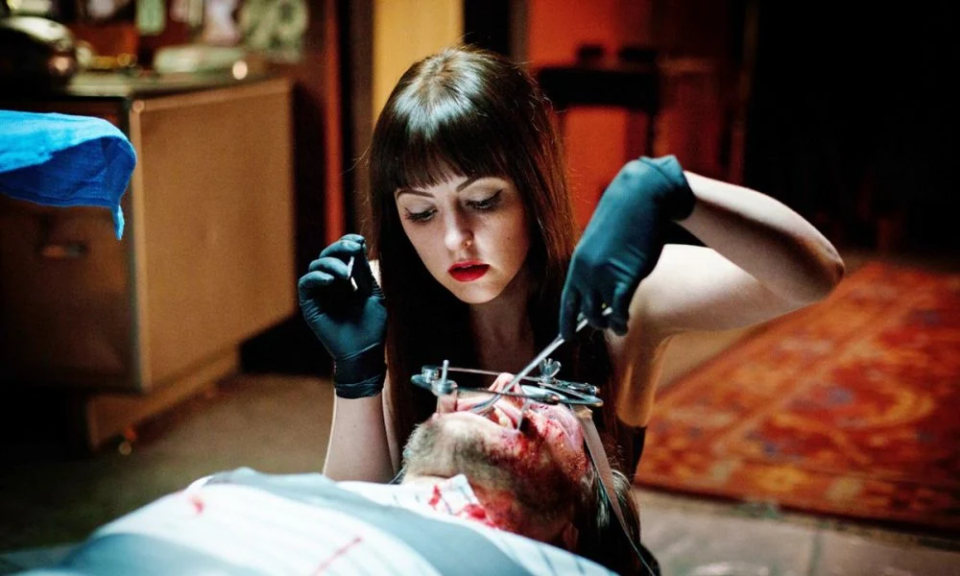
Canadian horror darling Katherine Isabelle (who also stars in Ginger Snaps) returns in a vicious film about a medical student who is lured into the underground world of body modification. In an attempt to take her agency back after she’s assaulted, Mary begins to experiment on the men who betrayed her. American Mary is a fantastic addition to the canon of Canadian body horror films while also remaining a touchstone for the revenge flick. It allows Mary to be a fully realized character—and killer. While her agency is stripped away during her assault, she gains it back tenfold amongst a pile of blood and guts.
The Mask (1961)
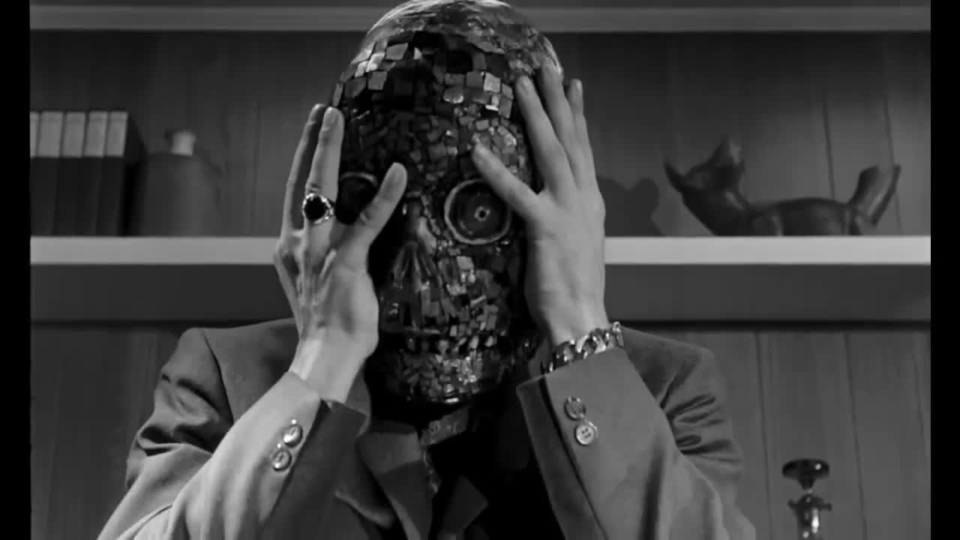
Known for its status as the first feature-length Canadian horror film, The Mask is still impressive decades later. The film follows a psychiatrist who is given a beautiful mask by one of his patients who believes the object to be haunted, pushing those who wear it to hallucinate, and even commit murder. Despite being released in the ’60s, the film’s hallucinatory sequences are still dizzying today, and they alone make this film worthwhile. The original mask used in the film is now housed in the TIFF Reference Library, teeth still jutting out in front of a makeshift jaw and gems still glittering underneath the library’s fluorescent lights.
What’s your favorite Canadian horror film? Let us know on Twitter @DreadCentral.
Categorized:Editorials

